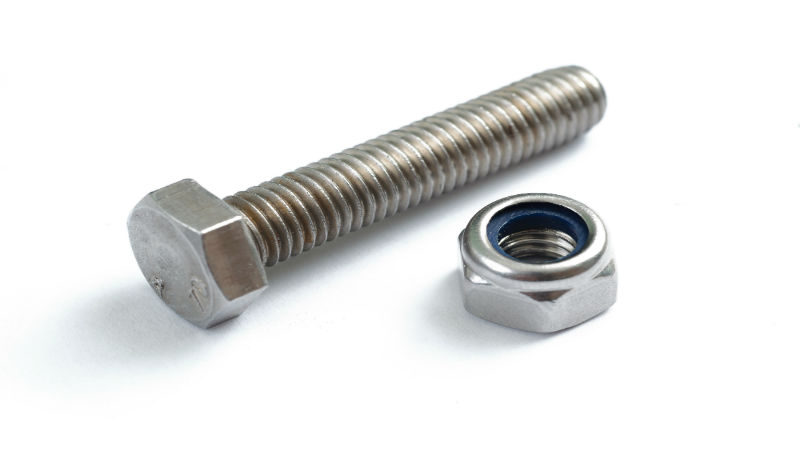A check valve is designed to work automatically to allow the media in a system to only flow one way. Also called one-way or non-return valves, their primary function is to prevent any type of backflow through the line, pipe or tubing.
In addition, a check valve can be mounted on the downstream side of a compressor or a pump to eliminate the risk of air, gas, liquid or any other type of media from backing up into these essential system components. Check valves can provide the same protections for vacuums and for tanks and holding containers in a system.
While many systems require the use of brass or stainless steel valves, it is also possible to choose a plastic check valve.. There are several advantages to the choice of a plastic valve, and with different materials used in the manufacturing of these valves, they are low-cost as well as durable and long-lasting.
Lightweight Valves
In many systems using lightweight plastic pipe and tubing, the choice of a plastic check valve is a natural option. These types of valves sit in the line. The plastic does not add any additional weight to pull the line down, even on long runs.
While plastic is lightweight, it is also very durable. The valves are designed to withstand specific pressure ranges, and they can be as a component in low to high pressure systems.
Temperature and Corrosion Considerations
Plastic is a good choice in systems with both high and low temperatures of both the media and the ambient working temperature. The plastic check valve does not have natural expansion and contraction of metal at high and low temperatures, which makes it highly efficient.
The choice of plastic also means a valve that is naturally resistant to corrosion. This results in a more reliable valve, even with a more aggressive type of media.



